November 28th, 1979, an Air New Zealand sightseeing flight to Antarctica smashed into Mount Erebus, instantly killing everyone aboard. It was the first air disaster in New Zealand’s history and is still the worst.
The sightseeing flights began in 1977. They were a day’s outing. Flight 901 left Auckland at 8:00 a.m. and flew 5,360 miles. The planes had guides – sometimes Sir Edmund Hillary – and the middle seats were usually empty. This was 1977, and people weren’t packed in like down sleeping bags in stuff sacks. You could sit comfortably, and move around to look out of different windows. The guide pointed out where you were, what had happened there, what you were seeing. There was a grand low sweep over McMurdo Sound.
You’d be back in Auckland by 9 p.m. Don’t start planning your trip, though. They stopped flying 901 after the 1979 tragedy. (Though Qantas does a thing.)
So what went wrong?
The pilots were sane, and experienced, though not experienced on the Antarctic flight. A few weeks earlier, they’d had a briefing. They were given a copy of the previous trip’s flight plan. It showed them flying down the middle of the Sound, with Mt. Erebus 27 miles away. The night before, the captain went over the flight plan, making marks on it.
The plane was relatively new, and in good shape. Also in good shape was the computer program guiding the flight.
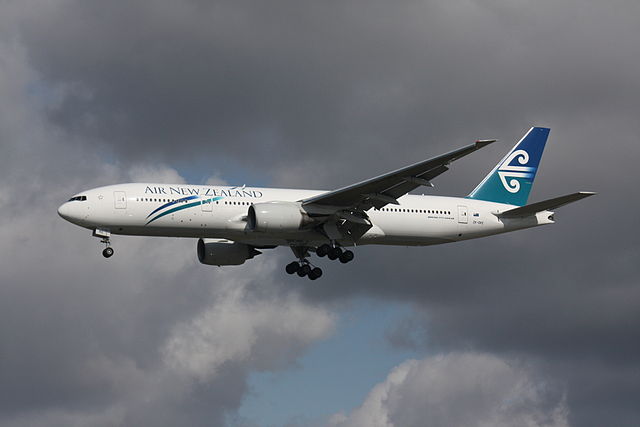
Air New Zealand plane landing safely in Vancouver. On the tail is a version of the koru, a Maori symbol based on an uncurling fern frond.
The night before the flight, the airline’s Navigation section changed the flight plan in the computer to one that went over Mt. Erebus, perfectly safe if you were high enough. They didn’t tell the pilots. They didn’t tell US Air Traffic Control at McMurdo. What with one thing and another, the pilots thought they were flying low over McMurdo Sound, on autopilot. Suddenly the ground proximity warning system went off. The captain immediately asked for “go-around power” but six seconds later they struck Erebus.
Most of these facts didn’t come to light right away.
First there was a huge and arduous recovery effort, with 60 people working around the clock in horrifying conditions, including the upsetting difficulty of keeping skuas from eating the dead bodies.
Then the chief inspector of air accidents said the accident was the result of pilot error – flying too low.
There was public outcry, then a Royal Commission of Inquiry. Justice Peter Mahon dismissed the alleged pilot error. He blamed the crash on Air New Zealand’s changing the flight plan in the navigation computer, and then not telling the pilots it was changed. He mentioned the possibility of a rare “sector whiteout.” And he said some changes in the flight plan had to do with hiding the other changes from the US Air Traffic Control, who would probably object.
He also charged that Air New Zealand executives and senior pilots had conspired in “a litany of lies” to cover up what happened. There were legal actions, some finding against the notion of conspiracy, but none disagreeing that changing the flight path without telling the pilots caused the crash. Air New Zealand fought the findings, unsuccessfully.
Well, hell.
Twenty-nine years later, a plane that Air New Zealand was buying from XL Airways Germany went down during a flight test off the coast of France, killing the seven people aboard. French investigators concluded that the angle of attack sensors were blocked by ice (due to bad maintenance practices), and that the crew performed tests at speeds too low.
Apparently Air New Zealand did a great job of reaching out to the families of those killed in this crash. Unlike 1979, when many people learned they’d lost a family member by seeing it on TV, not from the airline. Others said their only contact with the airline had been when lawyers negotiated a settlement with them.
Thirty years later, in 2009., on the occasion of dedicating a sculpture, Momentum, to those killed in the Mt. Erebus crash, the then president of Air New Zealand made a few remarks. Actually he made tons of remarks, but we’ll spare you as many as we can. At times he’s quite indirect, so I’ll translate IN CAPS.
Rob Fyfe said, in part:
…Despite the enormous efforts taken to minimise the risk associated with flying, we cannot eliminate risk completely and occasionally, very occasionally accidents occur. ACCIDENTS HAPPEN.
In commercial airlines, it is virtually unheard of for an accident to happen because one individual makes a mistake or an error. There are so many checks, so many processes, so much supervision and so much redundancy designed into our systems that it takes many errors and failures to defeat all the protections that exist. This was true 30 years ago and even more so today as we continue to learn and improve what we do at Air New Zealand and across the global airline industry…. DON’T WORRY ABOUT ACCIDENTS.
Since we lost our four Air New Zealanders, our CAA colleague and our two German colleagues off the coast of France on November 28th last year, I have spent many, many hours, days and weeks with the families of those who lost their lives in this accident… I’M A GOOD GUY.
In the hours immediately following the tragedy in France, it was apparent to my team and I that whatever caused the accident had already been determined and nothing we could do would change that. ACCIDENTS HAPPEN.
But where we could make a difference was in how we supported those who had suffered the unimaginable loss of a Dad, husband, partner, uncle, brother, son, colleague or best friend in tragic circumstances. WE’RE GOOD GUYS.
We could also do everything in our power to learn from the accident and ensure that all those who fly in future, can fly more safely as a result of the improvements that are made once we discover the mysteries of what caused this accident. YOU’RE SAFER THAN EVER.
Yet if we turn the clock back 30 years and reflect on the events following the Erebus tragedy, sadly the historical record displays what appears to be a different priority – the pursuit of someone or something to blame. MAYBE LONG AGO WE WEREN’T AS PERFECT AS NOW.
One of the hardest things I have had to do in my time at Air New Zealand is listen to Maria Collins, the wife of Captain Jim Collins and Ann Cassin, the wife of Co-pilot Greg Cassin, describe their experiences in the days, months and years after flight TE 901…. I SUFFER.
Captain Collins and First Officer Cassin were highly regarded aviators. They deserve our respect and they certainly have mine. I’M ON THE PILOTS’ SIDE.
But despite the media focus on Captain Collins and First Officer Cassin this is not a story of two families…. Ultimately, hundreds of families lost loved ones in this tragedy and all suffered an equal loss…. MEDIA: BAD. SHUT UP ABOUT THE PILOTS.
A number of these families feel they were let down by Air New Zealand in the aftermath of the tragedy…. OK, FAMILIES WEREN’T TREATED WELL.
The enormity of this tragedy was over-whelming for Air New Zealand and the nation and we had few of the resources that we have available on so many levels today. As a result Air New Zealand inevitably made mistakes and undoubtedly let down people directly affected by the tragedy. OK, FAMILIES WEREN’T TREATED WELL.
I can’t turn the clock back, but as I look forward, I would like to start this next step in our journey – by saying sorry. Sorry to all those who suffered the loss of a loved one or were affected by the Erebus tragedy and who did not receive the support and compassion they should have from Air New Zealand. SORRY ABOUT THE FAMILIES NOT BEING TREATED WELL.
I hope that the events following the loss of our men in the A320 accident off the coast of France have shown that we have learned from the past and grown as an airline. NOW WE’RE GOOD. NEVER HAPPEN AGAIN.
Over the past few weeks our endeavours to mark the 30th anniversary of Erebus have drawn significant attention, and I understand this. I AM WISE.
But it saddens me that many remain fixated by a desire to debate and attribute blame. This serves us no purpose, the lessons have been learnt, yet there are some who continue to aggravate the suffering and the pain of those who lost loved ones in this tragedy, while adding nothing new to the debate.
In my eyes it is deeply disrespectful to those who lost their lives. It is disrespectful to their families and to all those who worked so tirelessly in the search and rescue teams, in the police, in the mortuary, in victim identification teams, in supporting the families and in the accident investigations. These people directly affected by this tragedy deserve our support to help them come to terms with this tragedy to the degree that is possible – it’s time to put people first! MEDIA: BAD. WE ARE THE GOOD GUYS. WE KNOW THE FAMILIES WANT YOU TO SHUT UP. SHUT UP, SHUT UP, SHUT UP, SHUT UP.
Bad apology. Notice how indirect he is when acknowledging that the pilots in the Erebus were wrongly blamed. Nobody did anything bad – the historical record shows bad things happened.
He apologizes for how Air New Zealand treated the families in general. (But he does not apologize for what the families of the pilots went through. When they were blamed) And he does not apologize for the any actions that led to the crash. Why, such crashes are virtually impossible!
It’s interesting that he apologizes for what was done poorly in 1979 and well in 2008. Perhaps that’s what makes it possible for him to apologize for that – see how we cleaned up our act! Yet, he’s 54 — he wasn’t at Air New Zealand when all this happened. Why is he so reluctant to admit what was done?
The result is he apologizes for one thing, and glides past the subject of much worse things.
I’m not surprised that many of the surviving family members rejected the apology. Some say that they only realized how badly the airline had treated them after the Erebus crash, when they saw the airline praised for how well it treated people after the crash in France.
The New Zealand Herald summarized it as too little, too late. Yeah.
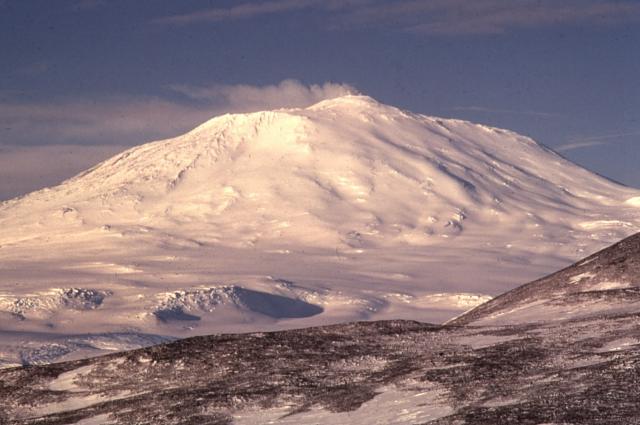
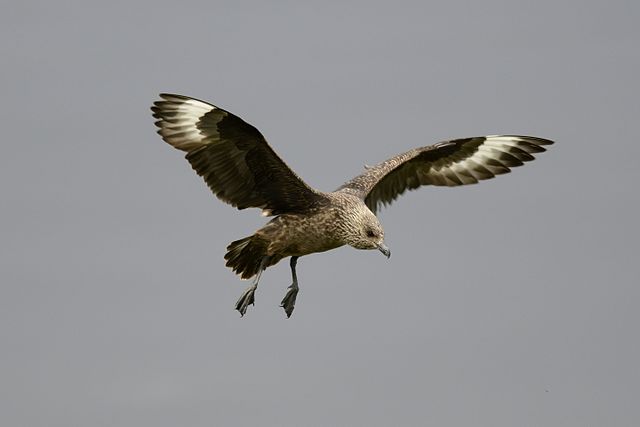
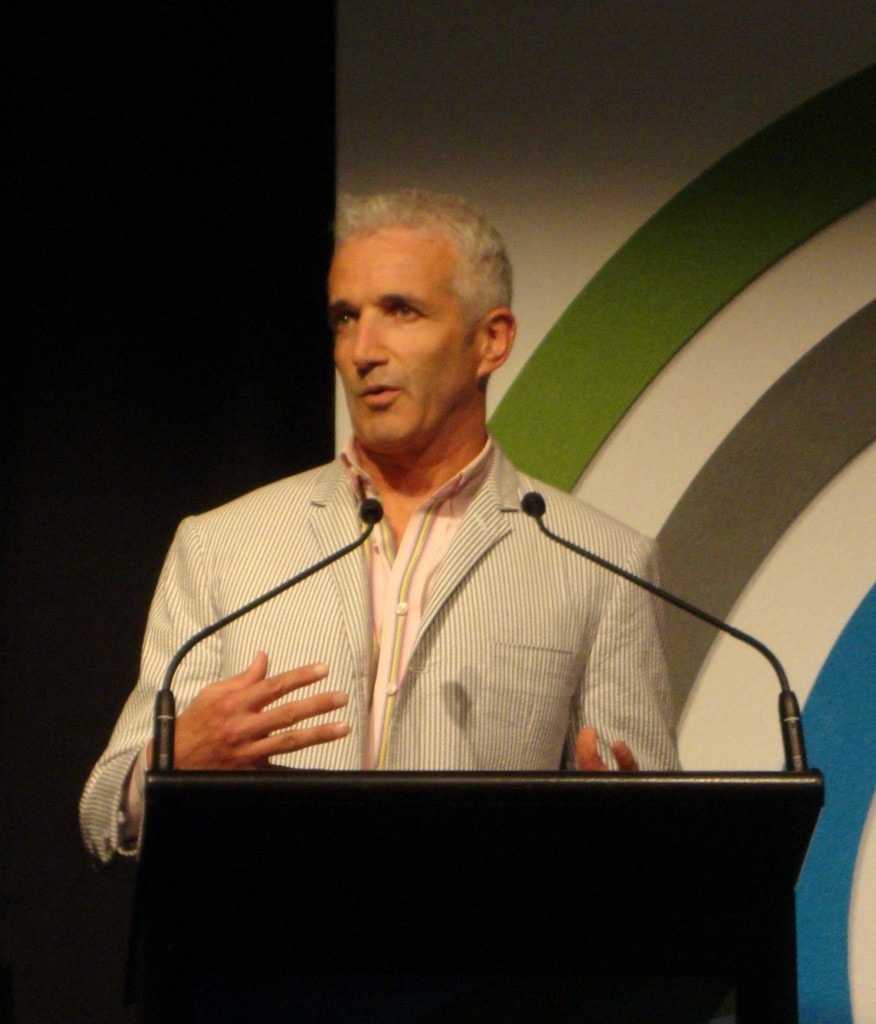
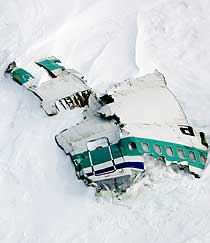
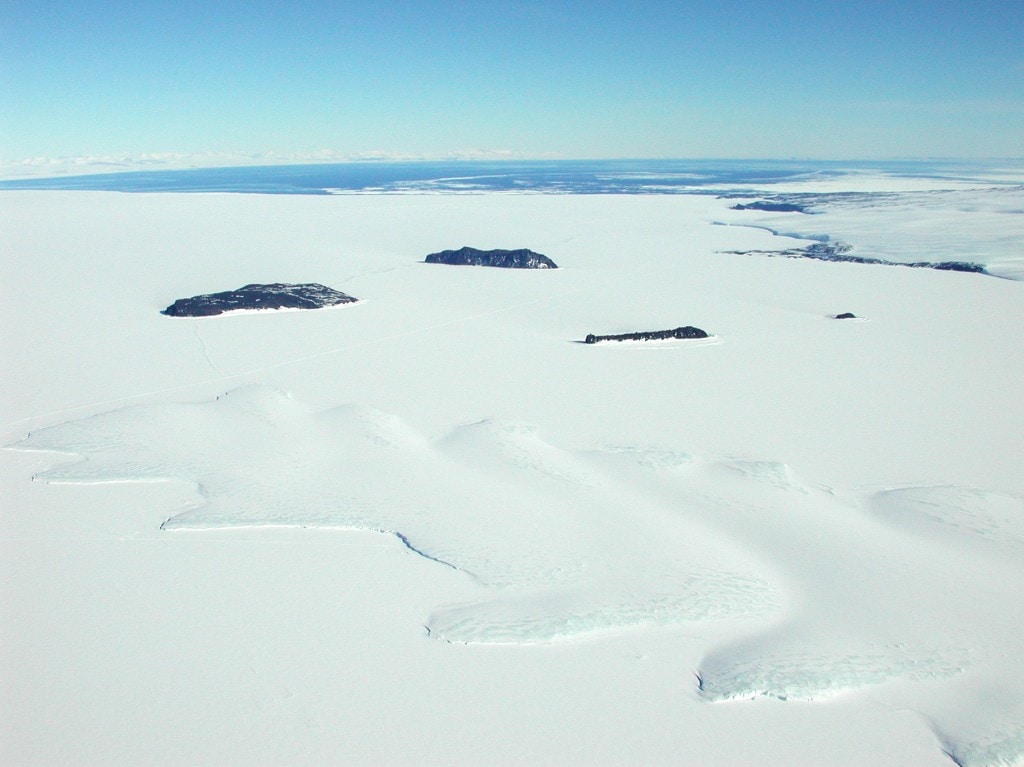

The words “insult to injury” come to mind. Good grief.
Don’t worry about accidents! They are inevitable and nobody can be blamed for them!
there is a really well-made, heartbreaking documentary about this disaster called erebus: operation overdue. it mostly focuses on the men who were sent to recover the bodies, but in doing so it goes into the airline cover-up. every aspect of the situation was mishandled and so many people were traumatised. but the actions of the men who did the recovery ended up becoming the basis of international disaster recovery today, which is pretty amazing.
That does sound remarkable. I will look for it (when I gt back from Antarctica).